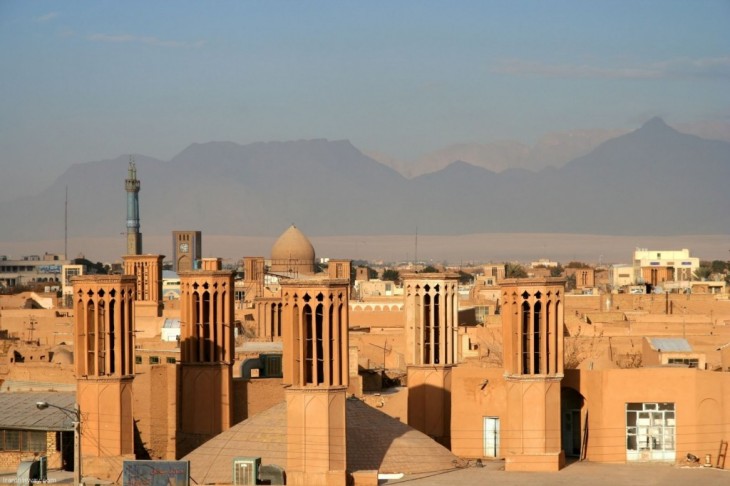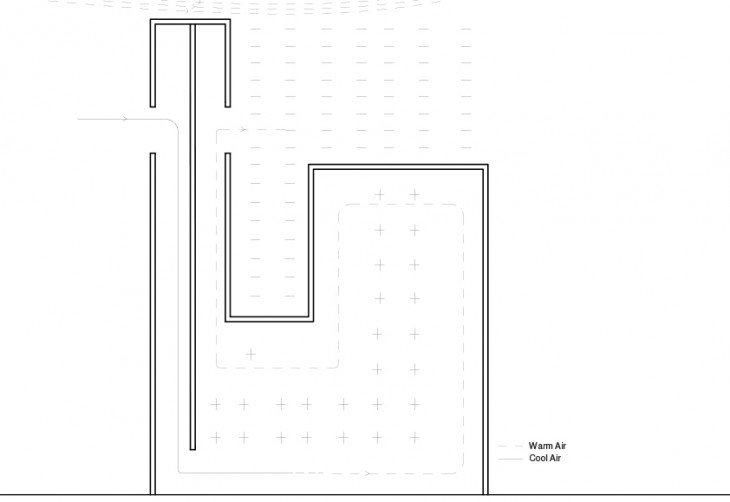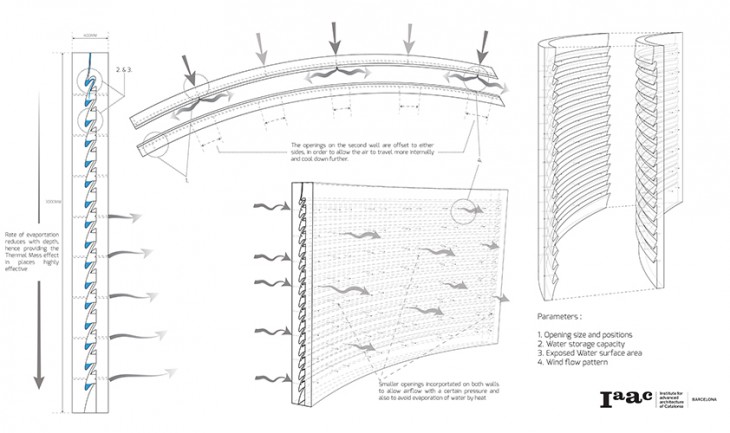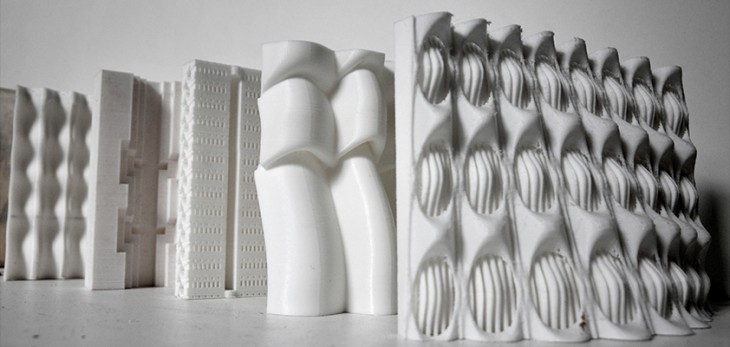This year’s Open Thesis Fabrication is very much inspired by nature itself, with the theme of earth used in efficient habitable spaces such as ant or termite mounds. To kick off the year, the team of seven students began by researching ancient vernacular architecture they were inspired by. Architecture that is efficiently designed to accommodate passive cooling systems in hot and arid climates where earth can be found as a building material. The goal is to design and build 1:1 scale passive house using unbaked clay. Some inspirational references where clay is successfully used and sustained until today include: the Beehive houses of Harran, Upper Mesopotamia, 3000 BC; Windcatchers of Yazd, Iran, 3000 BC; Siwa Oasis, Western Egypt desert, 1800 AD; as well as the Clay Towers of Shiban, Yemen, 1500 AD. In addition to this, more modern buildings that redefine the status quo and image of building with clay such as the NK’MIP desert cultural centre b HBBH Architects, 2006, which uses rammed earth construction.

The reason for choosing these references was largely due to their performative passive designs. Students gained a thorough knowledge of some natural climatic phenomenas that these buildings highlight such as daylighting, solar heat gain, evaporative cooling, the use of thermal mass or airflow and ventilation via the venturi tube or the windcatcher design.

Working at the scale of a 3x 4 m wall, each student chose one phenomena to focus on and reinterpret and create iterations of designs that would best take advantage of their systems. These walls were then 3D printed at a 1:20 scale in PLA in order to introduce the potentials, as well as challenges of the process of printing.


